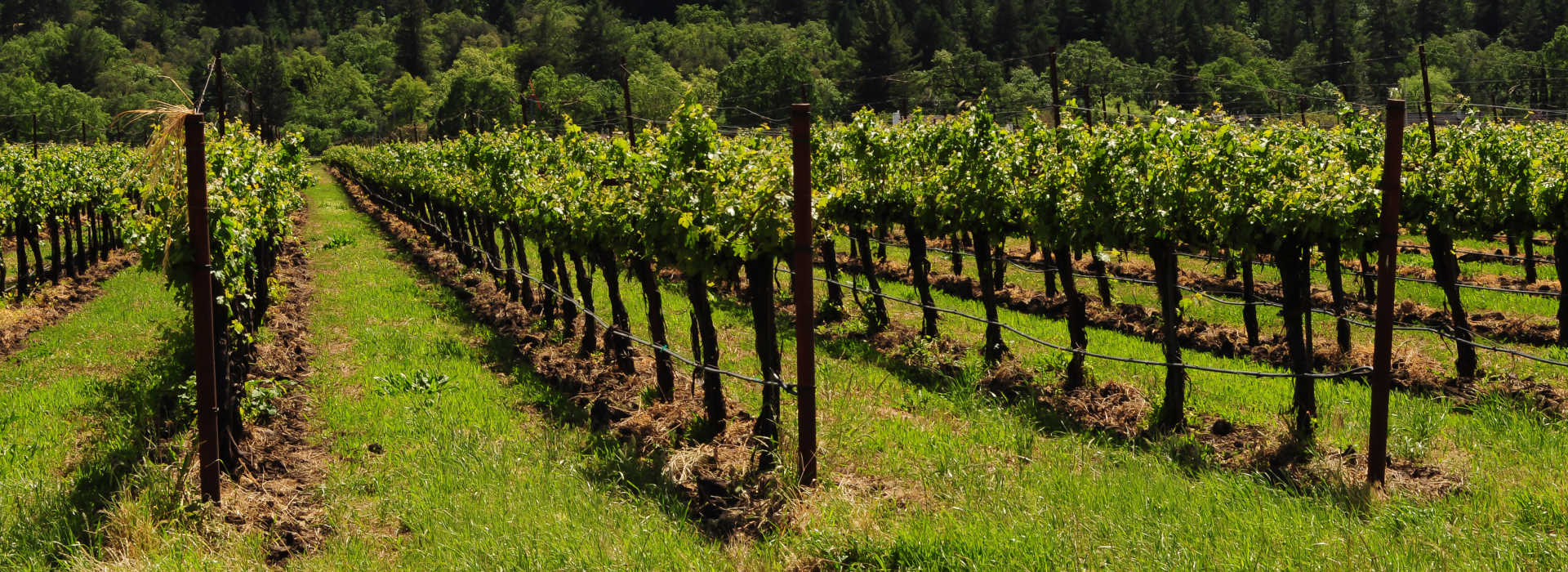Alex Gambal Volnay 2015
-
Wine
Spectator



Product Details
Your Rating
Somm Note
Winemaker Notes
Dressed in a bright ruby ??color with purple hues, this wine reveals
a nose of violet, blackberry, cherry and notes spicy. The palate is complex, delicate, and elegant.
This very fresh, elegant and warm wine in the finish, reveals a ripe fruit.
The femininity of this Volnay goes hand in hand with a great aromatic intensity that will allow him to appreciate himself young but also after a few years of patience.
Professional Ratings
-
Wine Spectator
Wild berry, spice and mineral aromas and flavors mark this taut, linear red. The fruit and silky texture are somewhat obscured by the oak today, but the finish shows this wine's potential. Best from 2022 through 2035.




THE MOVE: In 1991-1992, I began to explore the possibility of living abroad for a year or two while our children were young. We had become interested in wine and it had become our major avocation.
In May 1993, my family and I moved to Burgundy, France to take a year off to work with and help manage a small wine export company based in Beaune, France. Our goal was simply to take a year's sabbatical from Washington but we hoped that if we and the children were content we might stay longer. We moved to a small village of 150 people just outside Beaune, in the center of Burgundy, put the children in French schools, and four years later we looked back on a wonderful experience that changed our lives.
FIRST STEPS IN BURGUNDY: When we arrived in 1993 the wine business was in the dumps because of the world recession and a glut of fine wine. As we worked our way through the recession I was able to taste a variety of old, young and great wines with some of the greatest winemakers in the world. In addition, because we lived, worked and had our children in French schools, we were not perceived as tourists and were welcomed into the hidden Burgundy as parents and friends. And thus had a unique and wonderful experience.

Thin-skinned, finicky and temperamental, Pinot Noir is also one of the most rewarding grapes to grow and remains a labor of love for some of the greatest vignerons in Burgundy. Fairly adaptable but highly reflective of the environment in which it is grown, Pinot Noir prefers a cool climate and requires low yields to achieve high quality. Outside of France, outstanding examples come from in Oregon, California and throughout specific locations in wine-producing world. Somm Secret—André Tchelistcheff, California’s most influential post-Prohibition winemaker decidedly stayed away from the grape, claiming “God made Cabernet. The Devil made Pinot Noir.”

On the hillsides between Pommard and Meursault, Volnay is one of two villages in the Côte de Beaune of Burgundy that is recognized for its extraordinary Pinot Noir. Pommard is the other; the rest of the villages are most known for some of the most exceptional Chardonnay in the world. While Volnay Pinot Noir tends to be light in color and more delicate than that of Pommard, they typically stand on par with each other in regards to quality and demand.
Volnay can’t claim any Grands Crus vineyards but more than half of it has achieved Premier Cru status. Volnay Premiers Crus vineyards stretch across the entire village from northeast to southwest, abutting and actually falling “into” Meursault. Where they merge is a vineyard called Les Santenots. Pinot Noir grows in this Meursault Premier Cru but since that village is most associated with stellar whites, the Pinot Noir from Les Santenots, takes the name Volnay Santenots. Immediately above it are Volnay’s other prized Premier Cru, Le Cailleret, Champans, Clos des Chênes and Le Cailleret.
Volnay Pinot Noir are earthy with red or blue fruit. Aromas such as smoke, herbs, forest, cocoa and spice are common and on the palate they are gorgeous and concentrated with finesse but won’t truly charm you without some age.
